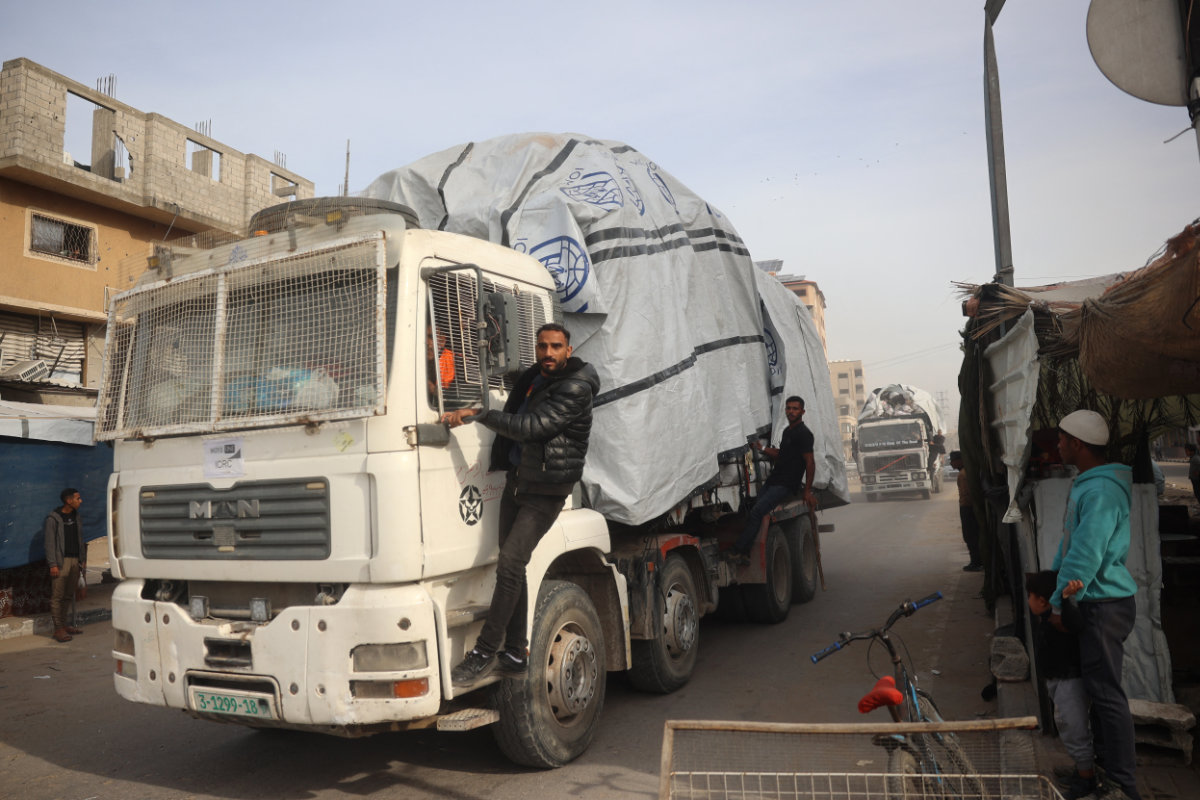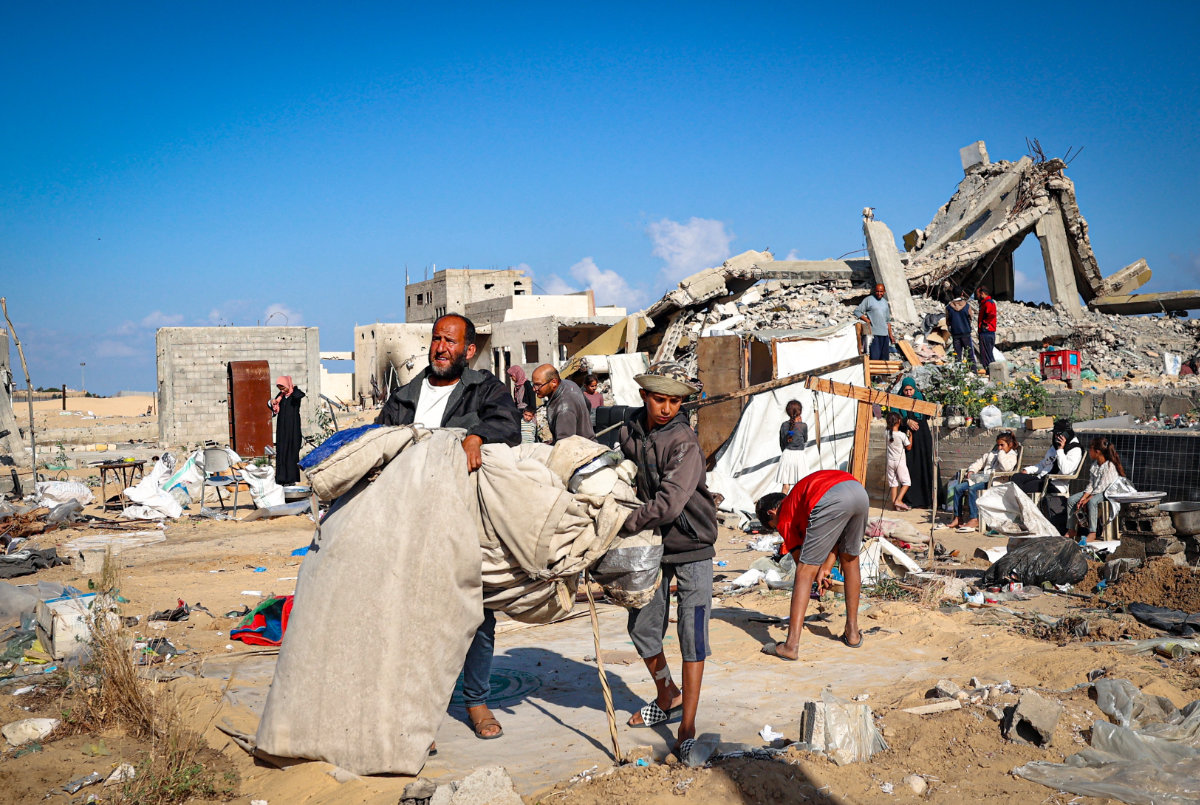EL HENCHA, Tunisia: When Mohamed Lafi vanished at sea one fateful night, it marked yet another tragedy for a Tunisian town struggling with the exodus of its youth.
Mohamed’s disappearance adds to the deepening despair in El Hencha, situated just 150 kilometers (90 miles) from the Italian island of Lampedusa.
His sister, Ines, stayed behind, confronting the harsh reality that many families face as their loved ones risk everything in search of a better life in Europe.
Mohamed, a 30-year-old taxi driver, left home on the night of January 10 with little more than his mobile phone.
“He went without saying anything to my parents, without a change of clothes, or a bag,” said Ines, 42.
It seemed as though he “was going to meet his friends,” she said.
Mohamed was one of 40 would-be migrants who had boarded a boat — all Tunisians aged between 17 and 30, including a woman and her four-month-old baby.
Despite adverse weather conditions and rough seas, they were determined to set sail, their families said.
More than 1,300 migrants died or disappeared last year in shipwrecks near the Tunisian coast, said the Tunisian Forum for Social and Economic Rights (FTDES) non-governmental organization.
In 2023, Tunisians accounted for the second largest number of irregular migrant arrivals in Italy, at 17,304 people, second only to Guineans at 18,204, Italian government official figures show.
The European Union signed an agreement last year to provide financial aid to debt-ridden Tunisia in return for its commitment to curb migrant departures.
The sense of hopelessness is palpable in Tunisia, whose economy is stagnant with only 0.4 percent of growth in 2023 and unemployment hovering around 40 percent.
The north African country has also been shaken by political tensions, after President Kais Saied orchestrated a sweeping power grab in July 2021.
Those missing from El Hencha, mainly from the middle class, shared a grim outlook for the future, said FTDES.
“Irregular migration cannot be explained only by economic and social factors,” said Romdhane Ben Amor, spokesman for the rights organization.
“The political factor and the feeling of despair of Tunisians who don’t believe in the future of the country” also play a significant role, he added.
Meftah Jalloul, the father of another young migrant, was aware of his son Mohamed’s longing to cross the Mediterranean for a brighter future.
The 62-year-old fishmonger had pleaded with Mohamed to wait for better weather before embarking on his journey.
But the 17-year-old, intent on making the perilous voyage, simply kissed his father on his head and left.
“He wanted money to migrate,” said Jalloul, taking responsibility for providing the funds.
With daily earnings of 20 dinars (about $6), Mohamed Lafi was left with little prospects for building a stable future, said his sister Ines.
“He was unable to make plans or build a house or get married,” she lamented.
Yousri Henchi, a 22-year-old migrant, dropped out of high school and earned a meagre income of 10 to 15 dinars a day working at an Internet cafe.
His uncle, Mohamed Henchi, attributed the allure of Europe to frustrated youths like Yousri being influenced by successful migrants who shared their experiences on social media.
“They see that and want to change their future. They see Europe as a paradise,” he said.
Jalloul had sought to persuade his son, who also quit high school, to undergo vocational training and migrate legally to Italy, France, or Germany.
“He shouldn’t have left without skills or qualifications,” he said. “He could have learnt a trade — plumbing, carpentry, or mechanics.”
Jalloul clings to the hope that the boat Mohamed boarded drifted toward neighboring Libya, although searches there by family contacts have yielded no leads.
“Four months have passed and I am still crying for my son,” he said, overcome with emotion.
Ines Lafi expressed anger toward the person who smuggled her brother’s group, a figure well-known in El Hencha for facilitating clandestine crossings to Italy.
“He had always come back here, but this time, he disappeared without a trace.”
The families have urged Tunisian authorities to bolster economic conditions, educational programs and cultural activities in the town of around 6,000 people to encourage youths to stay.
“We must enhance the industrial zone and create job opportunities for young people,” said Henchi.

































